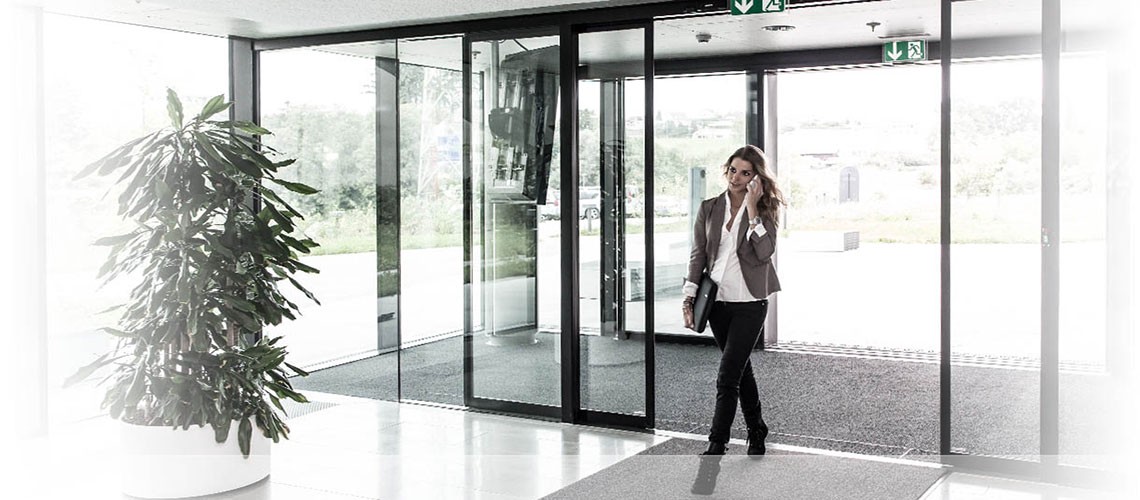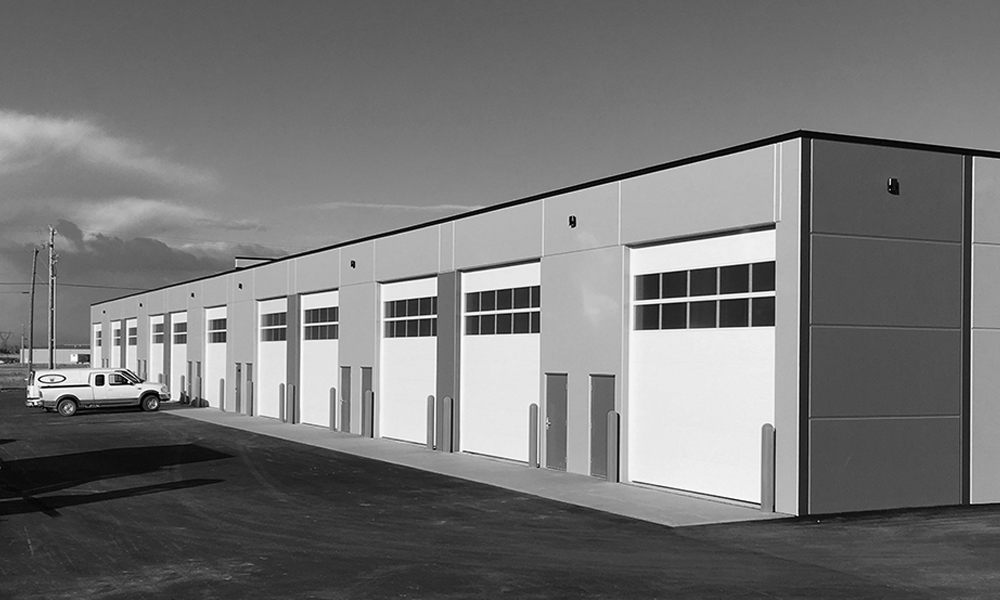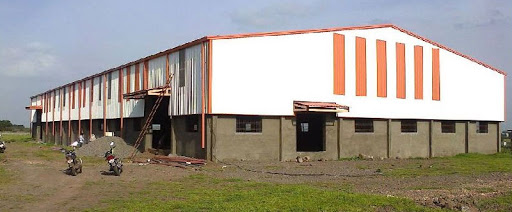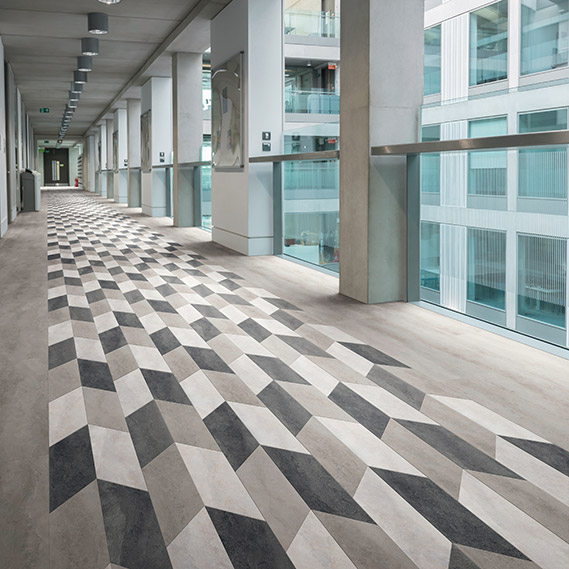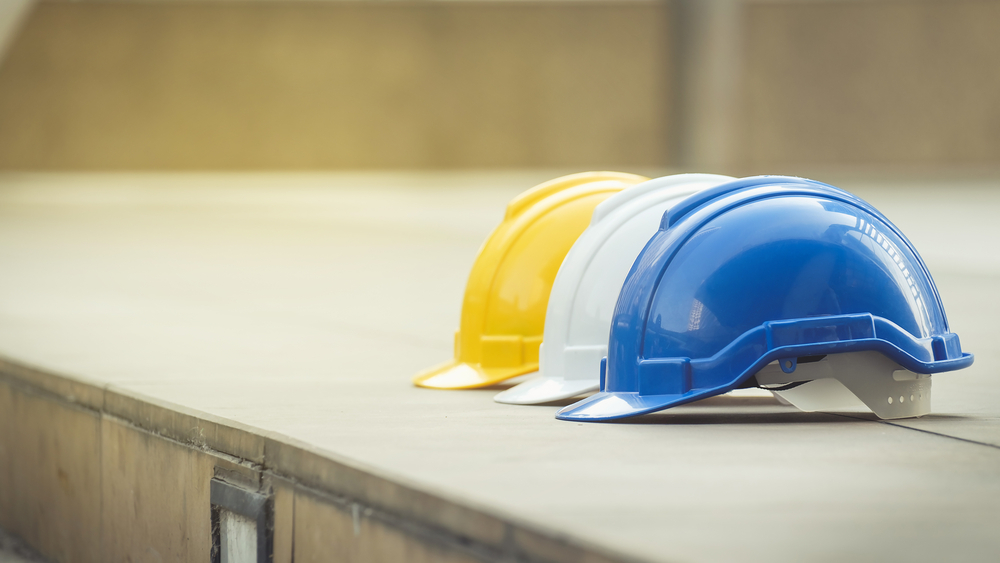Are you considering a new construction project for your business? Owning your own commercial space makes sense from an investment perspective, but there are other factors to consider, especially when it comes to environmental impact. Consumers are hyper-aware of environmental issues as they relate to the businesses they’re patronizing. Kick-off your building project with a green initiative and you will see a return on your investment for years to come, both in energy savings and your reputation within the community that you serve.
According to the U.S. Green Building Council, buildings account for 39 percent of carbon dioxide emissions in the United States. Carbon dioxide (CO2) is the primary greenhouse gas emitted through human activities, primarily through the combustion of fossil fuels for electricity, heat, and transportation. Increased CO2 levels are negatively impacting the earth’s atmosphere, contributing to climate change, rising sea levels, and Arctic warming. The commercial building industry can minimize the carbon footprint of new buildings by following a few of these simple guidelines.

Green Commercial Building Guide
Cut Energy Usage
Many business owners assume that cutting energy usage will be costly up front, requiring heavy investments in items like solar panels, expensive insulation and windows, geothermal heat pumps, and costly HVAC systems. While those items will certainly go along way toward reducing the overall energy usage of your building, there are many budget-friendly options to help you get started.
- Smart Energy. Lights with built-in sensors for automatic shut-off, thermostats that can be controlled via cell phone, and “connected functionality” can reduce energy usage and waste.
- Natural Lighting. Planning for rooms that allow natural light through windows or skylights will cut down on energy usage throughout the day. If heat is a concern from natural light sources, consider adding window tint.
- Consider using the Green Building Council’s LEED as a guide to design and construct your building. LEED provides a framework to create healthy, highly efficient and cost-saving green buildings, and it’s a globally recognized symbol of sustainability.
- Energy Efficient Landscaping. Planting shady trees on the south and western sides of your business will help ease your cooling energy bills in the summer and reduce your electricity usage.
Sustainable Architectural Materials
Structure
Wood and concrete have dominated the commercial building industry, but shifts to sustainable building practices have ushered in a few more choices for today’s business owner. While steel is usually reserved for large-scale projects, small businesses can access this 100% recyclable material within the metal buildings market. Prefab and custom metal buildings offer many options for business owners who wish to “go green” while honoring their budget.

Interior
The creation of drywall is a very energy-intensive process. Consider these green alternatives for your wall panels:
- EcoRock. EcoRock is made from 80% recycled content and can be safely disposed of in a landfill without any negative impact on the environment.
- Durra Panels is innovative, eco-friendly drywall created from wheat and rice straw by-products.
- MDF (medium-density fiberboard) without formaldehyde will soon be available from a CalPlant facility in California.
Flooring
Instead of wood, eco-friendly businesses are using bamboo for flooring, and some are experimenting with woven bamboo wall panels. Because of the lack of codes and standards for using bamboo as a structural material, the North American market has not embraced bamboo as a structural building material.

Eco-Friendly Paint
Use paints with low VOCs, low biocides, and natural pigments. While VOCs (volatile organic compounds) affect indoor air quality more than your building’s carbon footprint, it’s a wise choice to minimize toxins and carcinogens in your work environment. The EPA recommends keeping exposure to VOCs to a minimum due to their potential to cause health effects.
Sustainable Insulation
Insulation is very important to green building projects; they create a thermal barrier and help keep buildings cool in the summer and warm in the winter. Insulation can be in the form of batts, rigid boards, spray foam, or loose fill. When choosing a material, select formaldehyde and asbestos-free materials. If your builder recommends spray foam, use a brand that doesn’t contain HFCs. Modern builders are beginning to recommend and use SIPs (structural insulated panels) as they meet ENERGY STAR standards.
Other Green Building Practices
Location
Look for a lot that already has water and sewer lines running to it, minimizing the need for excessive excavation. If your business will have a lot of foot traffic, consider selecting a location near public transportation options.
Maximizing Space
Consider working with a professional organizer to manage storage areas and help with layout options. The easiest way to conserve energy and reduce waste is to use as little space as possible and minimize square footage.
Recycle Waste Materials
Regardless of how much you try to reduce waste, new building scraps and waste is inevitable. Plan ahead to recycle as much leftover material as possible will help to reduce the carbon footprint of your new building. Don’t forget to dispose of hazardous materials properly. Contact your local municipality for guidance and resources.
Some people think that “going green” during the building process will cost more or lengthen the build time. Nothing could be further from the truth, especially if you consider prefab construction and identify green building methods that can help you save both money and energy consumption. Don’t forget about energy tax incentives and rebates – Energy.gov and your accountant can help you take advantage of these. Finally, on opening day, don’t forget to wave that green flag and let all of your customers know they are supporting an earth-friendly business!
